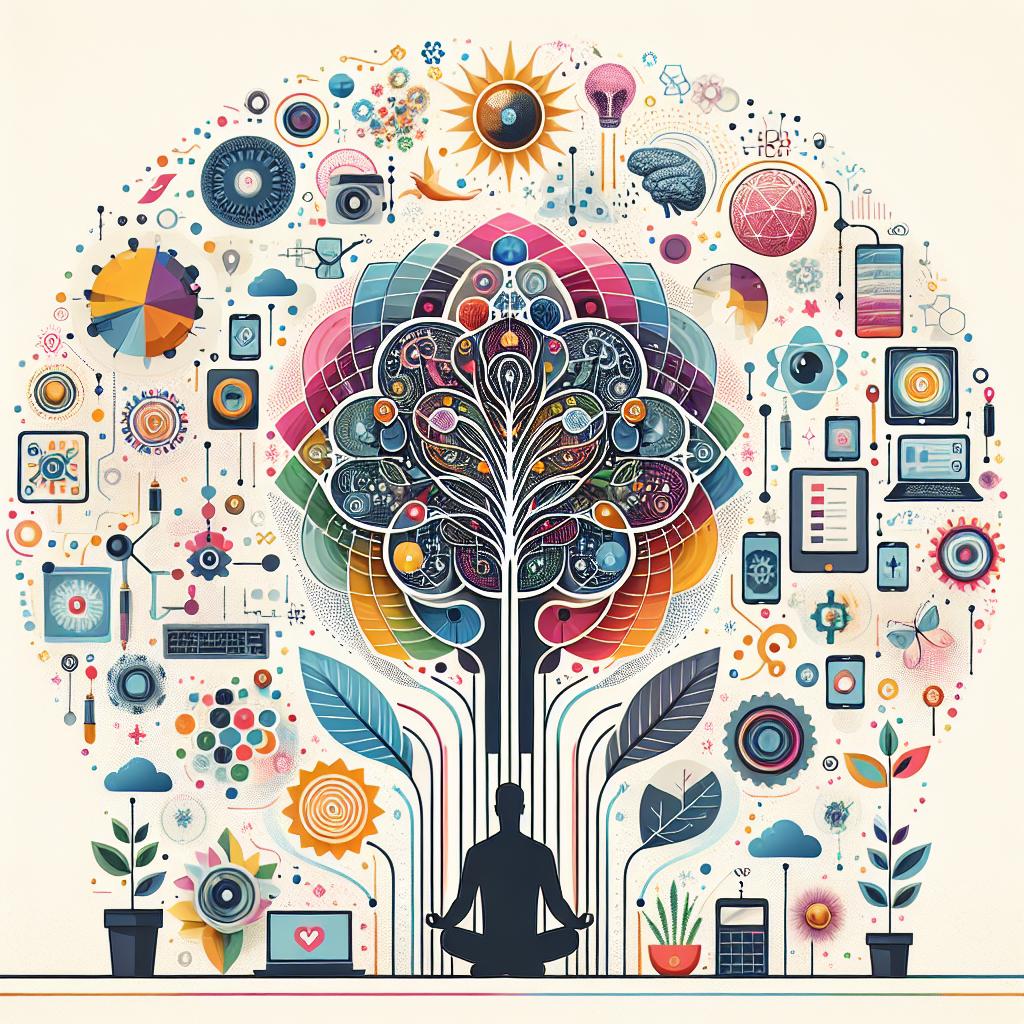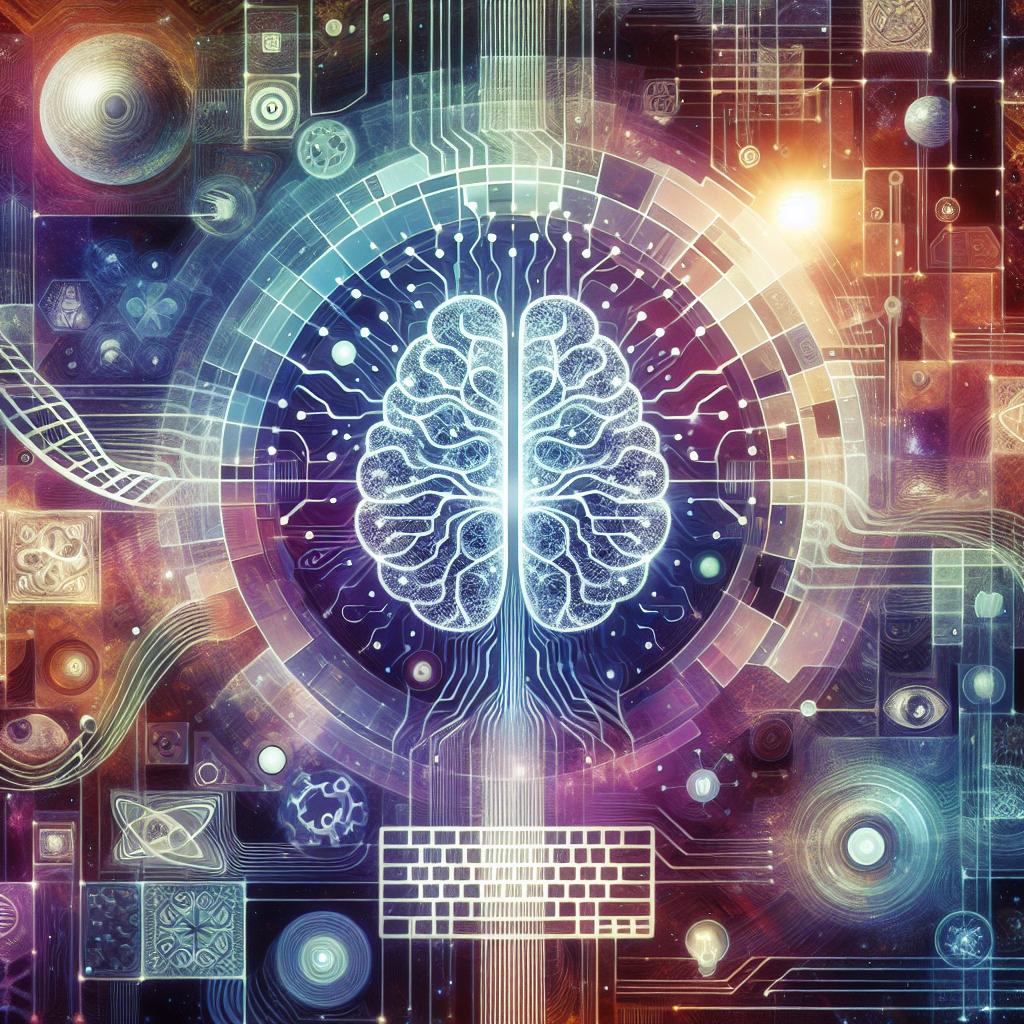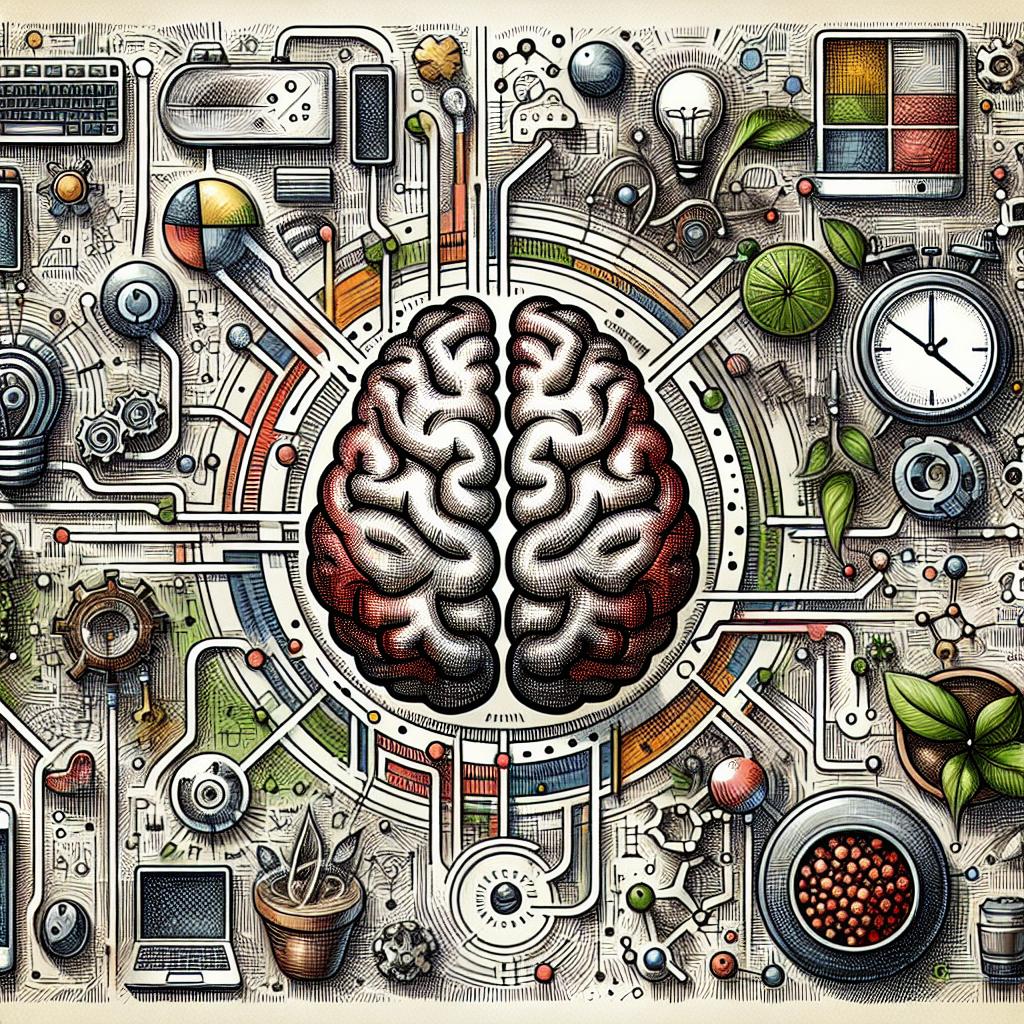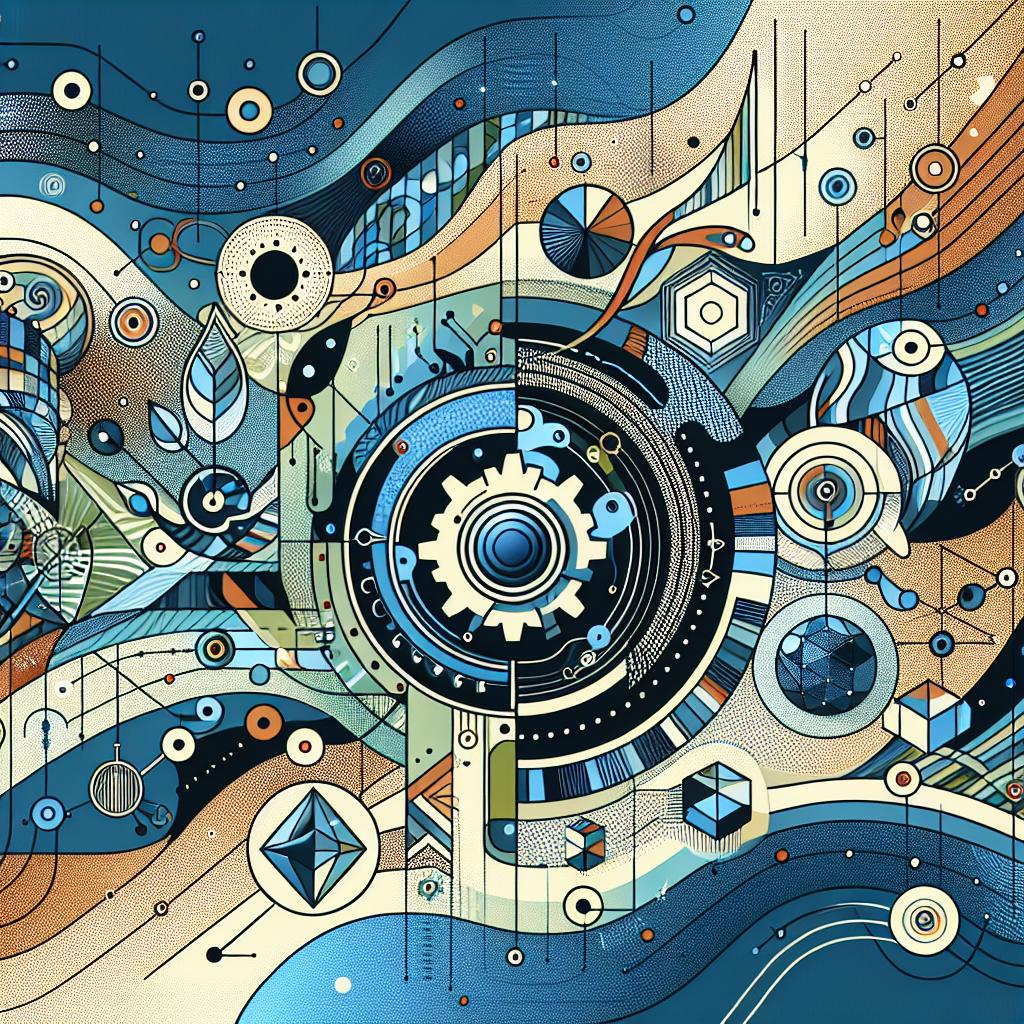Chatbot Expertise: How to Become a Chatbot Developer or Designer
In a world where conversations with machines are becoming as natural as chatting with a friend over coffee, the role of a chatbot developer or designer is more exciting and vital than ever. Imagine crafting digital companions that can assist with everything from mundane tasks to complex problem-solving, all while delivering a sprinkle of personality. Whether you’re a tech whiz looking to dive into a cutting-edge field or a creative soul eager to shape the voices of the future, the world of chatbots offers a unique blend of artistry and engineering. In this guide, we’ll explore the delightful journey of becoming a chatbot developer or designer, uncovering the skills, tools, and secrets that will empower you to create intelligent, conversational agents that not only understand users but also engage them in meaningful ways. So grab your favorite beverage, and let’s embark on this exciting adventure into the realm of chatbot expertise!
Unleashing Creativity: The Art of Designing Engaging Chatbot Conversations
Creating an engaging chatbot conversation is like crafting a story; it requires a deep understanding of your audience’s needs and emotions. To excel in this process, consider these strategies:
- Empathy Mapping: Understand your users’ pain points and desires to create relatable scenarios.
- Use of Conversational Tone: Write in a friendly, approachable manner that encourages interaction.
- Guided Dialogue: Lead users through conversations with question prompts, making them feel involved.
Furthermore, exploring various creative formats can elevate the user experience. For instance:
Consider incorporating multimedia elements into your chatbots:
| Element | Engagement Benefits |
|---|---|
| Images | Visual appeal to capture interest quickly. |
| Videos | Dynamic storytelling that keeps users hooked. |
| Quick Replies | Streamlined responses to enhance the flow of conversation. |

Mastering the Tech: Essential Skills Every Aspiring Chatbot Developer Should Learn
To embark on your journey as a chatbot developer, it’s crucial to master a diverse set of skills that will enable you to create engaging, intelligent conversational agents. At the core of this craft lies programming proficiency. Familiarize yourself with languages such as Python, JavaScript, or Java, which serve as the backbone for most chatbot frameworks. Additionally, understanding Natural Language Processing (NLP) is vital for enabling your chatbots to comprehend and respond to human language effectively. By diving into tools like NLTK or spaCy, you can enhance your chatbot’s ability to process user input and generate relevant responses.
Not only should you focus on technical excellence, but you must also cultivate a keen sense of user experience (UX) design. A great chatbot isn’t just about functionality; it’s also about creating delightful interactions. Learn the principles of dialogue flow design to ensure users have intuitive conversations with your bots. Familiarizing yourself with user empathy, you can design prompts and responses that feel genuine and relatable. Additionally, adding analytics and optimization skills will allow you to assess how well your chatbots perform and continuously improve their effectiveness over time.

Understanding User Intent: The Key to Building Smart, Responsive Chatbots
To create chatbots that truly resonate with users, understanding their intent is paramount. User intent refers to the underlying motivation behind a user’s query, and decoding this can significantly enhance a chatbot’s performance. By analyzing user interactions, chatbot developers can categorize intents and utilize this knowledge to craft more intuitive and responsive bots. Here are key components to focus on when understanding user intent:
- Natural Language Processing (NLP): Using NLP techniques allows chatbots to grasp variations in user language and context, leading to better interpretation of intent.
- User Experience Feedback: Regularly collecting feedback from users enables developers to refine intents and adjust the chatbot’s responses based on actual user interactions.
- Intent Classification Algorithms: Implementing machine learning algorithms can help in accurately classifying user intents, thereby improving the chatbot’s ability to respond appropriately.
Creating a detailed intent model is essential for building smarter chatbots. This involves mapping out possible user intents, responses, and expected outcomes. Once these elements are structured, you can prioritize intent complexity and response accuracy. Consider using the following table to guide your design process:
| User Intent | Response Type | Complexity Level |
|---|---|---|
| Product Inquiry | Informational | Low |
| Order Status | Transactional | Medium |
| Technical Support | Guided Help | High |

Future-Ready Development: Trends and Tools Shaping the World of Chatbots
The landscape of chatbot development is rapidly evolving, driven by advancements in natural language processing (NLP) and machine learning (ML) technologies. Developers today are harnessing powerful tools and frameworks that streamline the creation of intelligent, interactive chatbots. Platforms like Dialogflow, Rasa, and Microsoft Bot Framework allow for the seamless integration of AI capabilities, enabling bots to understand and respond to user queries more effectively than ever. It’s essential for aspiring designers and developers to not only master these tools but also stay updated on emerging trends, such as multi-modal interfaces and voice-enabled bots, which are reshaping user experiences.
To excel in this dynamic field, one must focus on gaining proficiency in key areas such as user experience (UX) design, API integration, and data analytics. Familiarity with programming languages like JavaScript, Python, and Java can be incredibly beneficial. Here’s a quick overview of essential skills and tools you should consider acquiring:
| Skill/Tool | Description |
|---|---|
| Dialogue Management | Creating conversational flows that keep users engaged. |
| APIs | Integrating external services to enhance functionality. |
| Analytics | Measuring user interactions to improve chatbot performance. |
| NLP Frameworks | Using tools like NLTK or SpaCy to process language. |
To Wrap It Up
As we wrap up our journey through the fascinating world of chatbots, it’s clear that becoming a chatbot developer or designer is an exciting and rewarding path. With technology continuously evolving and consumers increasingly leaning towards conversational interfaces, your opportunity to create, innovate, and connect with users in meaningful ways is vast.
Imagine shaping the future of human-computer interaction, where your work could delight, inform, and simplify lives. Whether you choose to dive deep into code or unleash your creativity through conversational design, the skills and expertise you cultivate will not only boost your career but also contribute to a more intuitive digital world.
So, why wait? Grab your tools, embrace your curiosity, and take the first steps toward making your mark in this dynamic field. The chatbot revolution is here, and it’s calling for brilliant minds like yours to join the quest. Happy coding and designing—your adventure in chatbot expertise is just beginning!

